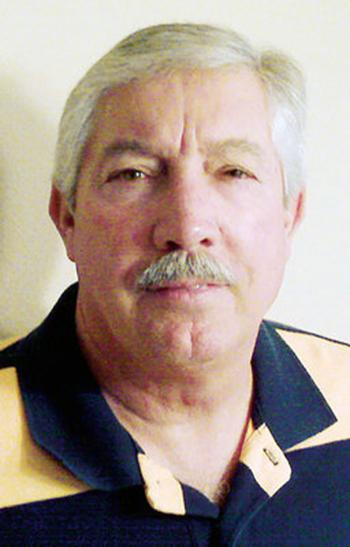
William Thibodeaux
The Big Four Riddle
While out hunting one Sunday afternoon in early January 1927, Saul Broussard and a companion found skeletal remains at a place named Big Four plantation, which was four-miles southwest of Gueydan, Louisiana.
Authorities were quickly notified and by Wednesday of the same week a coroner and a hearse were dispatched to the scene. An inquest was held but nothing of importance was found on or near the vicinity that would indicate the cause of death or the identification of the individual. According to the Abbeville Meridional, the remains were carefully gathered and taken to an undertaker. Interestingly, at the time of the gruesome discovery, there were four men from the Gueydan area that had been reported missing for several months. Uncertain if the missing men were somehow connected to the remains that were discovered at Big Four.
Sometime later it was determined that the remains were that of a six-foot tall male, approximately 60-years of age wearing blue overalls and a jacket—neither shoes nor hat were found and the remains were lying somewhat on one side. Was it normal back then for someone, especially men, to simply vanish? Was it coincidental that the remains were found at the time four men were reported missing? Could the remains and the missing men be the work of something more sinister? Could it be they were possibly kidnapped and subsequently murdered? I’ll digress a bit. Three years prior to the above incident, Euzebe Vidrine of Ville Platte, Louisiana, was one of the area’s first serial killers. However, the term “serial killer” hadn’t even been part of the American lexicon yet; not before several decades into the future.
Euzebe Vidrine was an inexcusably vile person. He confessed to savagely killing Robert Wiggins Jr., the 27 year old son of Evangeline Parish Sheriff Wiggins. Before Euzebe Vidrine was executed in 1924, he was allowed to write his life story. He admitted that in an alcohol induced rage he killed and afterwards claimed it relieved his fury. “It seemed to take a load off my mind,” said Euzebe. He admitted to having killed others in the state including in southwest Louisiana. A serial killer will invariably collect personal items from his victims to commemorate or relive the deed. Euzebe was no different; he collected watches. He had Robert Wiggins’s watch and others in his possession at the time of his arrest, which also led to his conviction. Many years later, Robert Wiggins’s watch was given to his nephew—Joe Wiggins of Gueydan, who at the time was a Louisiana State Policeman. He is now deceased.
Could it be someone became a copycat murderer after reading Euzebe Vidrine’s manuscript or after learning about him? In 1927, technology wasn’t there to help determine what actually happened at the Big Four. Therefore, cause of death or the identity of the remains was never determined. A follow-up report pertaining to the remains initially stated that there were few clues that seemed promising, however, nothing ever became of them. The article concluded that if nothing further turned up in a week or so, the unidentified remains were going to be disposed of. Did anyone make a connection between the skeletal remains and the missing men? Was there a serial killer in our midst that got away? Unfortunately, we will perhaps never know the answers to the riddle of the missing men or the skeletal remains found at Big Four.
- Log in to post comments
